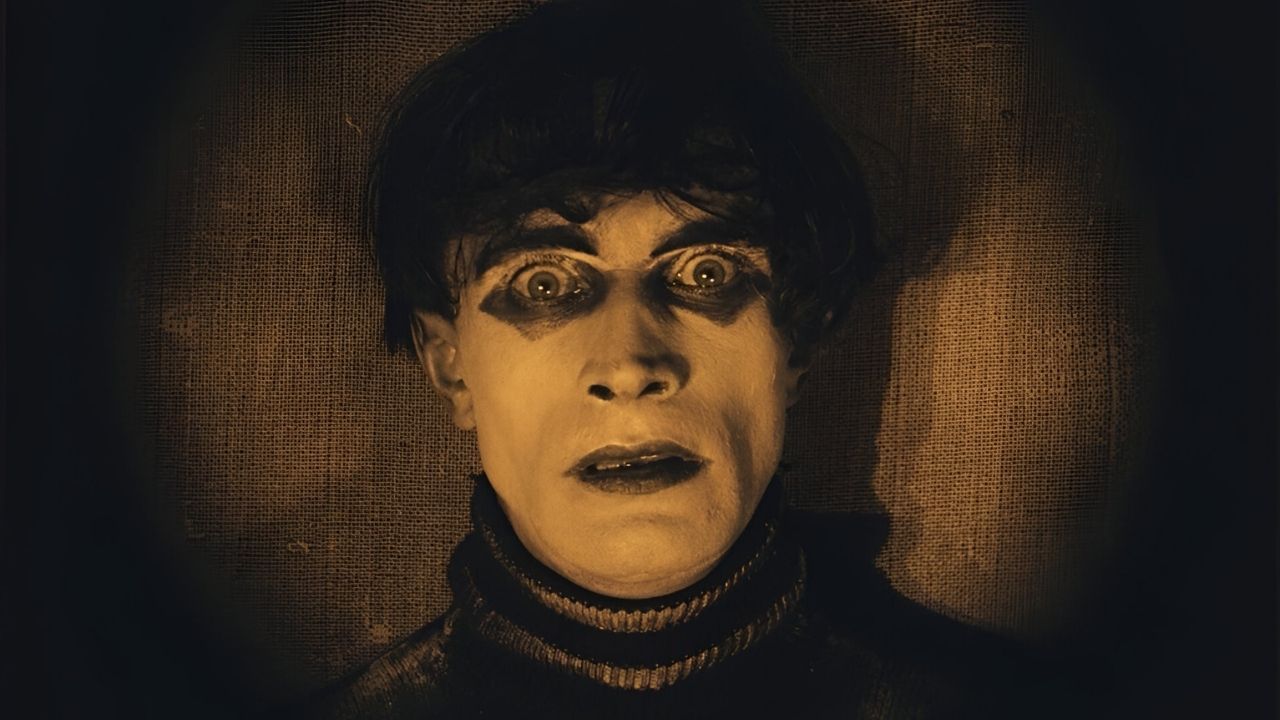
German Expressionism is a fascinating art movement that emerged in the early 20th century. It’s known for its bold colors, distorted forms, and emotional intensity. But what makes it truly unique? German Expressionism sought to express raw human emotions and social critiques through exaggerated and often unsettling visuals. This movement influenced not just painting but also film, theater, and architecture. Directors like Fritz Lang and F.W. Murnau brought its eerie, shadow-filled aesthetic to the silver screen, creating timeless classics. Want to know more? Here are 24 intriguing facts about German Expressionism that will give you a deeper understanding of this groundbreaking movement.
Key Takeaways:
- German Expressionism was an emotional art movement in early 20th century Germany, reacting against industrialization and World War I, using bold colors and distorted forms to convey subjective emotions.
- The movement influenced cinema, literature, theater, and music, and its legacy continues to inspire contemporary art and media, including film noir and modern horror films.
What is German Expressionism?
German Expressionism was an artistic movement that emerged in the early 20th century, primarily in Germany. It encompassed various forms of art, including painting, literature, theater, architecture, and cinema. This movement aimed to express raw, emotional experiences rather than physical reality.
- German Expressionism began around 1905 and continued until the 1920s.
- It was a reaction against the dehumanizing effects of industrialization and the horrors of World War I.
- The movement emphasized bold colors, distorted forms, and exaggerated lines to convey emotional states.
- Artists sought to depict subjective emotions and responses to the world rather than objective reality.
Key Artists and Their Contributions
Several artists played pivotal roles in shaping German Expressionism. Their unique styles and contributions helped define the movement.
- Ernst Ludwig Kirchner was a founding member of the Die Brücke group, which was central to the movement.
- Wassily Kandinsky, although Russian, was influential in German Expressionism and co-founded the Der Blaue Reiter group.
- Egon Schiele's intense and often disturbing portraits exemplified the emotional depth of the movement.
- Emil Nolde's vibrant use of color and religious themes were significant in Expressionist art.
German Expressionism in Cinema
German Expressionism had a profound impact on the world of cinema, influencing film techniques and storytelling.
- The Cabinet of Dr. Caligari (1920) is one of the most famous German Expressionist films, known for its twisted, nightmarish visuals.
- Fritz Lang's Metropolis (1927) showcased futuristic cityscapes and social commentary, hallmarks of the movement.
- Nosferatu (1922), directed by F.W. Murnau, is a classic horror film with Expressionist elements like shadow play and eerie atmospheres.
- Expressionist films often used chiaroscuro lighting to create stark contrasts and dramatic effects.
Themes and Motifs
German Expressionism explored various themes and motifs that reflected the anxieties and hopes of the time.
- Alienation and isolation were common themes, reflecting the individual's struggle in a rapidly changing world.
- The grotesque and macabre were frequently depicted, symbolizing the horrors of war and societal decay.
- Urbanization and industrialization were critiqued, often shown as dehumanizing and oppressive forces.
- Spirituality and mysticism appeared in many works, offering a counterbalance to the materialism of the age.
Influence on Other Art Forms
The impact of German Expressionism extended beyond painting and cinema, influencing other artistic disciplines.
- Expressionist architecture featured angular forms and unconventional designs, as seen in the works of architects like Erich Mendelsohn.
- In literature, authors like Franz Kafka and Hermann Hesse incorporated Expressionist themes of existential angst and alienation.
- The theater saw innovations with directors like Max Reinhardt, who used dramatic lighting and set designs to enhance emotional expression.
- Music was also affected, with composers like Arnold Schoenberg experimenting with atonality and dissonance to evoke emotional responses.
Legacy and Modern Influence
German Expressionism left a lasting legacy and continues to influence contemporary art and media.
- Film noir, a genre that emerged in the 1940s, borrowed heavily from Expressionist techniques like high-contrast lighting and complex narratives.
- Modern horror films often use Expressionist elements to create unsettling atmospheres and psychological tension.
- Contemporary artists and filmmakers continue to draw inspiration from the movement's emphasis on emotional depth and visual innovation.
- German Expressionism remains a subject of academic study and artistic exploration, highlighting its enduring relevance and impact.
The Last Brushstroke
German Expressionism, with its bold colors and intense emotions, has left a lasting impact on the art world. From the haunting works of Edvard Munch to the groundbreaking films of Fritz Lang, this movement pushed boundaries and challenged norms. It wasn't just about art; it was a reflection of the turbulent times in early 20th-century Germany. The movement's influence can still be seen today in various forms of media, from movies to graphic novels. Understanding these 24 facts gives a deeper appreciation for the artists who dared to express their inner turmoil and societal critiques through their work. Whether you're an art enthusiast or just curious, German Expressionism offers a fascinating glimpse into a world where creativity knew no bounds. Dive into this vibrant movement and let its raw energy inspire you.
Frequently Asked Questions
Was this page helpful?
Our commitment to delivering trustworthy and engaging content is at the heart of what we do. Each fact on our site is contributed by real users like you, bringing a wealth of diverse insights and information. To ensure the highest standards of accuracy and reliability, our dedicated editors meticulously review each submission. This process guarantees that the facts we share are not only fascinating but also credible. Trust in our commitment to quality and authenticity as you explore and learn with us.
